|
| We acknowledge and thank the W̱SÁNEĆ people on whose traditional territory we live, learn, and teach. The W̱SÁNEĆ people have lived and worked on this land since time immemorial.
|
| |
|
|
 |
Why Focus on Substance Use and Drug Literacy? People have used drugs in almost every culture, over thousands of years. Drugs can be both helpful and harmful, and consequently there is a need to understand, navigate, and manage drugs in our lives. By considering when, where, how and why drugs are being utilized, we are better able to navigate drugs in our lives. Drugs can be legal (caffeine), legal but regulated (morphine), or illegal (heroine).

|
| |
|
|
Why do people use drugs, and how can using a drug be both good and bad? People use drugs to meet a need. For example, many people use coffee and caffeine to help them wake up. Other drugs are sometimes used to take away pain, for spiritual reasons, or as part of social events. How much risk is involved in a drug and how much harm it may cause depends on many factors, such as those below:
More drug equals more risk.
Younger age equals more risk.
The places, times, and activities influence risk.
The reasons are important.

|
 |
| |
|
|
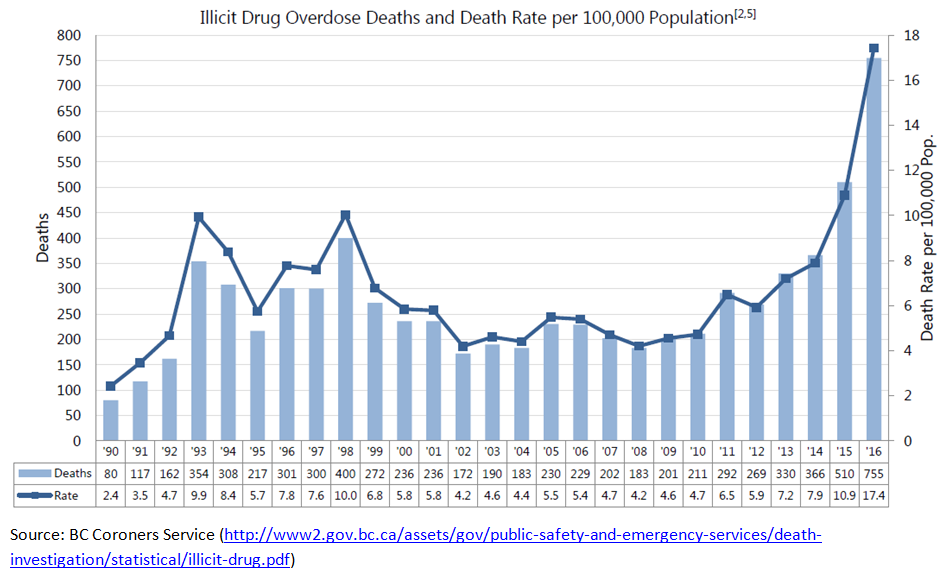 |
Opioid Overdose Crisis In April 2016 the BC Provincial Government declared a public health emergency in response to the increasing number of opioid related overdose deaths. In February 2021, over 155 suspected illicit drug toxicity deaths were recorded, up 107% from February of the previous year, and averaging about 5.5 people per day dying from overdose in BC.

|
| |
|
|
|
|
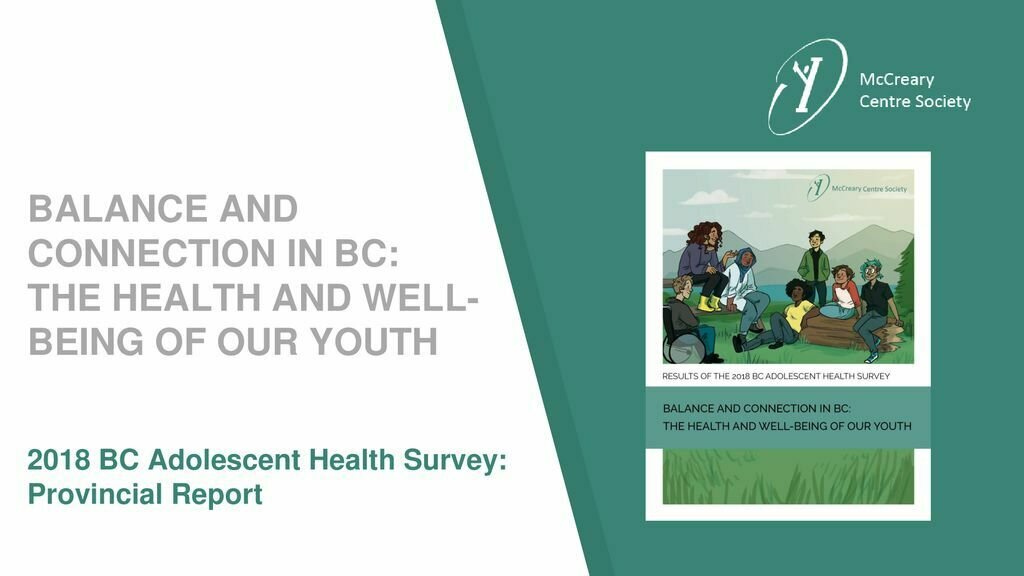 | A local glance through the BC Adolescent Health Survey The BC Adolescent survey is a comprehensive survey of BC youth, 12-19. The survey has been completed every five years, beginning in 1992, and in 2018 reflected over 38,000 students in 58 districts across the province. In South Vancouver Island, students had the following information to report, in regards to vaping and substance.
|
| |
|
|
Smoking, vaping and tobacco About one in five youth (21%) reported having tried tobacco (cigarettes, cigarillos, cigars). 27% of youth reported vaping in the past month, including 22% who had vaped with nicotine, and 18% who had vaped without. | Alcohol Locally, 48% of youth had tried alcohol. The most common ages to first try alcohol were 13, 14, 15. 34% of youth who had tried alcohol waited until after 15 to try their first drink. Among youth who had tried alcohol, 64% had a drink in the last month, in which 1% drank daily. 35% of those who had tried drinking consumed five or more drinks within a few hours over the past month.
|
| |
|
|
Marijuana The 2018 report was completed a month before marijuana was legalized in Canada. 30% of youth reported ever trying marijuana. Of those youth, 63% reported using marijuana in the past month, including 25% who reported using marijuana on 6 or more days, and 11% on 20 or more days. 31% of youth who had tried marijuana reported using it the weekend before the survey, with 5% reporting using both alcohol and marijuana the Saturday prior to the survey.

| Substances other than alcohol and marijuana 19% of youth in Southern Vancouver Island had tried at least one substance other than marijuana or alcohol. Consistent with provincial results, misuse of prescription medicine was most common. Youth on Southern Vancouver Island were more likely to report using prescription pills without a doctor's consent (11% vs provincial average of 9%) and mushrooms (7% vs 5%). One percent had injected an illicit drug.
|
| |
|
|
|
|
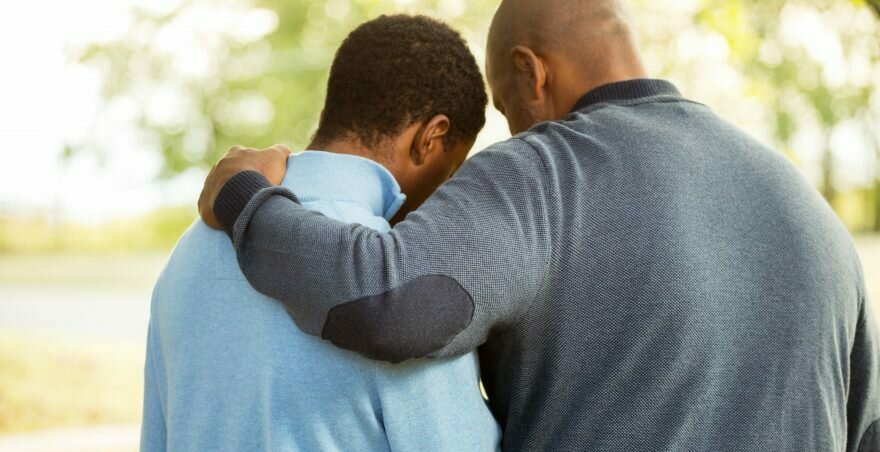
| It's all about relationships! Tips and tricks to remember when speaking with children and youth around substance.
Stay connected
Have fun
Show your child you believe in them
Help your child solve their own issues
Resist the urge to know everything
Share clear, consistent expectations
Recognize that we all make mistakes
Expect to be challenged
Be available
Be a positive role model

|
| |
|
|
Consider asking some of the following questions. How and Why questions tend to be more powerful than 'what' questions, as are open questions, rather than those with readily-available answers. Consider some of the following.
I wonder why there are so many vaping stores popping up everywhere?
How did you feel when Uncle Bill was a bit tipsy last night?
How can we know if something might hurt us?
When you're using drugs, how do you ensure the rights of the kids who don't use?

|

|
| |
|
|
 | Play a Game! Print the cards below, and play a game considering what contributes and what minimizes risk, harm and benefit. Use this game to foster critical thinking and engagement in the pursuit of understanding what leads to harm and benefit.

|
| |
|
|
|
|

| Language Matters! Treating people who use substances with respect improves health outcomes and saves lives. Consider the following, when using language in reference to substance.
Use people-first language. Refer to the person, before describing a behaviour or condition. For instance consider "person with cocaine-use disorder" instead of "cocaine user" or "addict".
Use language that reflects the medical nature of substance use disorders. There are a number of factors contributing to substance use and drug addiction, ranging from personal factors to social, environmental, and political ones. Avoid terms like "junkie", "abuser" or "addict", that imply a moral failure, and look instead to terms like "substance use disorder" and "addictive disease".
Use language that promotes recovery. Use language that promotes optimism and autonomy, and supports recovery. Use terms like 'opted not to" and "not in agreement with the treatment plan" rather than "unmotivated" and "non-compliant".
Avoid slang and idioms. Avoid the negative connotations and stigma that come from slang. When referring to drug tests for instance, speak of "positive"' or "negative" results, rather than "clean" or "dirty".

|
| |
|
|
|
|
 | Discovery Youth and Family Substance Use Services Discovery Youth and Family Substance Use Services provides individual counselling for youth and/or family members who are navigating substance use, in addition to family support and education groups, and access to treatment. Services are offered to any youth 13-19 experiencing direct or indirect impacts of substance use, and to families and caregivers.

|
| |
|
|
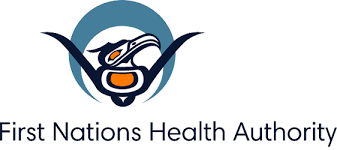 | Virtual Substance Use and Psychiatry Service The virtual substance use and psychiatry service provides all BC First Nations people and their families (even if not Indigenous) with access to addictions medicine and psychiatry. The link below offers more information about the referral process, and supports available through the First Nations Health Authority (FNHA)

|
| |
|
|
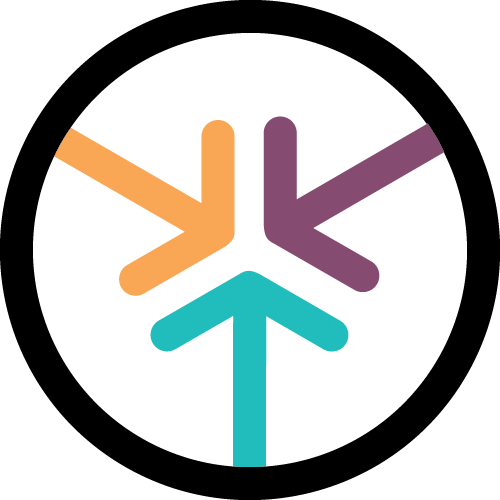 | Family Smart Family Smart offers a number of resources, information, and webinars supporting families navigating mental health and substance use, in addition to PiR and YiR. Parent in Residence (PiR) and Youth in Residence (YiR) are young people and families with lived experience pertaining to substance use, and are available to connect with parents, caregivers, and young people to offer support.

|
| |
|
|
 | Foundry In addition to primary care, Foundry offers individual counselling, group opportunities, information, resources, and more. Foundry also offers parent peer support workers, connecting parent supporters who have lived experience supporting complex mental health and substance use with parents in the community, as well as bi-weekly groups for parents and caregivers supporting youth with complex substance use.

|
| |
|
|
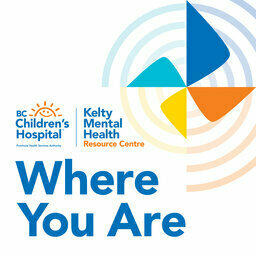 | Kelty Mental Health Kelty Mental Health offers a vast array of information supporting children, youth and families navigating complex mental health and substance use. From videos, to webinars and information supporting and guiding conversations around substance use, Kelty has a number of resources to support families as they navigate substance use.

|
| |
|
|
|
|
|
|
|
|
|
|
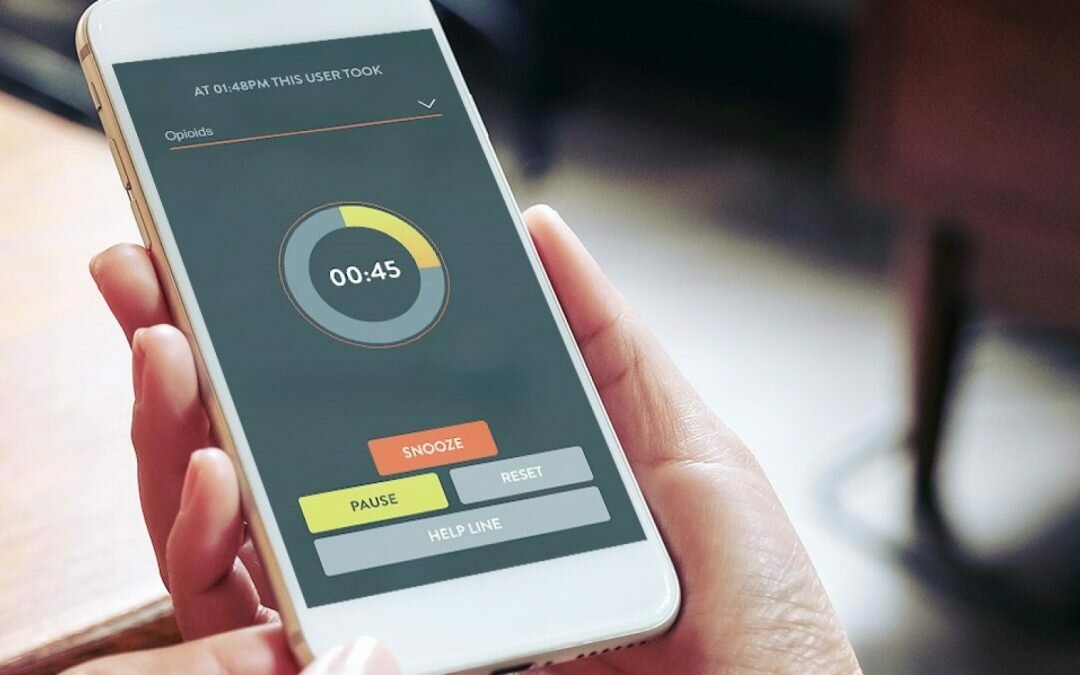 | Lifeguard App The lifeguard app is an app designed to combat the opioid crisis. The app allows an individual to indicate the substance being used, and to start a timer monitoring response to substance use. Should an individual lose consciousness, the lifeguard app will connect to emergency services, and will dispatch an ambulance as needed.

|
| |
|
|
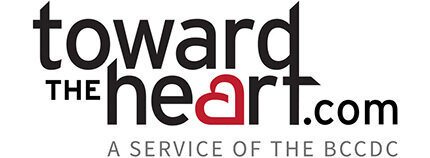 | Towards the Heart Towards the Heart offers a vast array of information regarding harm reduction, as it relates to the opioid crisis. Towards the Heart focuses on how best to respond to an overdose, information around naloxone programs, and resources for safer and healthier communities.

|
| |
|
|
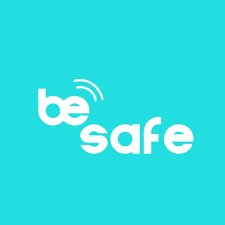 | Be Safe Community/Brave App The BeSafe Community/Brave App connects people who use drugs to community members when they are vulnerable to overdose. This app allows help to be sent when using alone, following a harm reduction model. Individuals are able to select when they would like to have help sent, and to remain anonymous.

|
| |
|
|
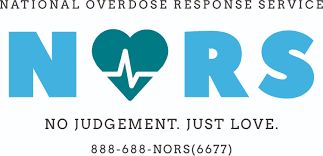 | National Overdose Response Service The National Overdose Response Service (NORS) is a 24/7 overdose prevention hotline for Canadians. NORS provides non-judgmental, confidential support for all Canadians, whenever and wherever they are using drugs.

|
| |
|
|
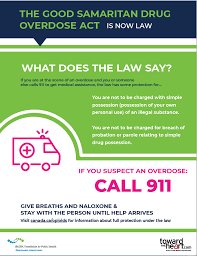 | Good Samaritan Drug Overdose Act The Good Samaritan Act provides some legal protection for individuals who seek emergency help during an overdose by preventing an individual from charges of possession of a controlled substance, and/or breech of conditions regarding simple possession of controlled substances.

|
| |
|
|
|
|
Interested in Learning More? https://keltymentalhealth.ca/substance-use
https://www.uvic.ca/research/centres/cisur/
https://www2.gov.bc.ca
https://www.islandhealth.ca
https://www.fnha.ca
https://familysmart.ca
https://foundrybc.ca/victoria
https://keltymentalhealth.ca/substance-use
https://towardtheheart.com/
https://lifeguarddh.com/
https://www.thebraveapp.com/
ttps://www.canada.ca/
https://www.nors.ca/
|
| |
|